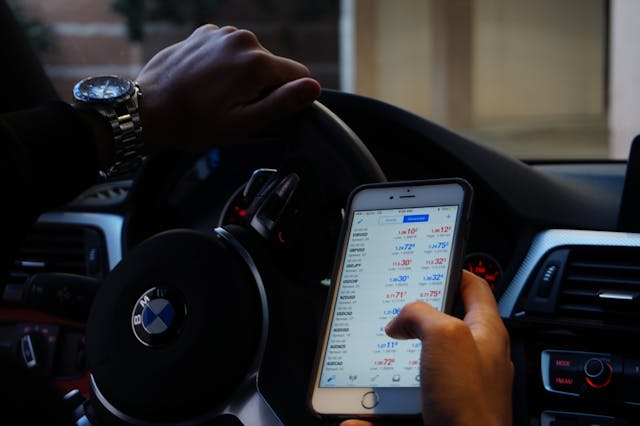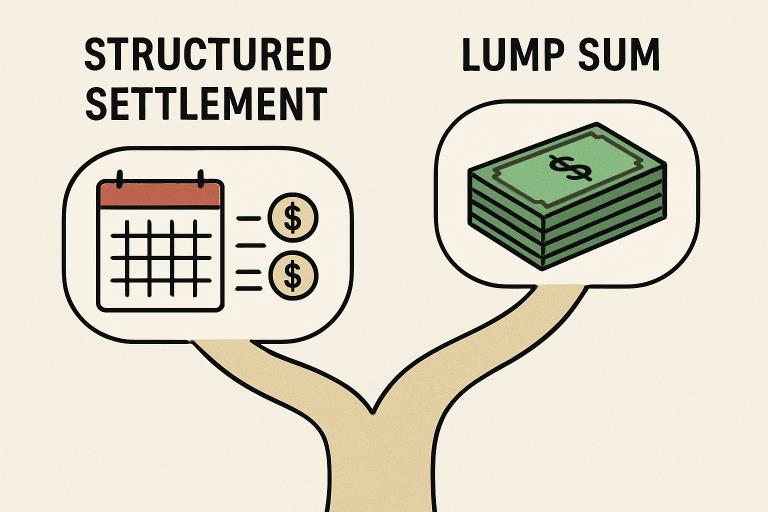Now Reading: The Costs of Trading Apps Investors Should Watch Out For
-
01
The Costs of Trading Apps Investors Should Watch Out For
The Costs of Trading Apps Investors Should Watch Out For

Using trading apps has made investing easier than ever. You can buy and sell stocks, track prices, and manage your portfolio all from your phone. But as convenient as these platforms are, they can sometimes come with hidden costs that catch new investors off guard. Many people sign up because they see ads promising “zero fees” or “free trades,” only to realize later that there are other expenses that can quietly eat into their profits.
If you’re planning to invest through an app, it’s important to understand where your money might be going and how to keep your costs in check.
Know What Commission Free Stock Trading Really Means
When you see the term commission free stock trading, it sounds like you won’t have to pay anything to trade. In most cases, this means the app doesn’t charge a direct fee every time you buy or sell a stock. However, this doesn’t mean trading is completely free. Some platforms make money through other methods, like payment for order flow, where your trades are routed through certain brokers that pay the platform for your business.
That’s why it’s smart to look beyond the “free” label. Even though these services can save you money upfront, small differences in trade prices or spreads can still impact your returns over time. Understanding how your trading app makes money helps you make better financial decisions and ensures transparency in your investing journey.
Research Your Platform’s Pricing Structure
Once you understand how free trading works, the next step is to dig into your platform’s overall pricing model. Some apps charge fees for premium tools, account transfers, or inactivity if you stop trading for a while. Companies like Sofi provide helpful breakdowns of what their users can expect to pay, making it easier to compare platforms and pick one that fits your needs. Always take the time to review the fine print before opening an account.
While these costs might seem small individually, they can add up over months or years of trading. The goal is to make sure your investments are working for you, not being drained by unnecessary charges. Knowing what’s included in your account and what’s not can save you from surprises later on.
Watch for Currency Conversion and Withdrawal Fees
If you trade in international markets or buy foreign stocks, you might face conversion fees when exchanging currencies. These charges can quietly reduce your profits, especially if you trade often. Similarly, some trading apps charge withdrawal fees when you transfer your money back to your bank account.
It’s important to factor these into your investment plan. Even if a platform offers great features, high conversion or withdrawal costs can offset the benefits. Try to estimate how much you might spend on these over time based on your trading habits.
Be Aware of Margin and Subscription Costs
Many apps also encourage users to upgrade to premium accounts or trade on margin, borrowing money to buy more stocks. While this might sound like a quick way to boost returns, it comes with interest charges and greater risk. If the market moves against you, you could owe more than you invested. Subscription tiers might include research tools or advanced analytics, but if you’re not using them regularly, that monthly fee can be an unnecessary expense.
Understanding the full range of costs before you invest ensures that you’re truly in control of your money and not paying more than you need to while growing your portfolio.





















